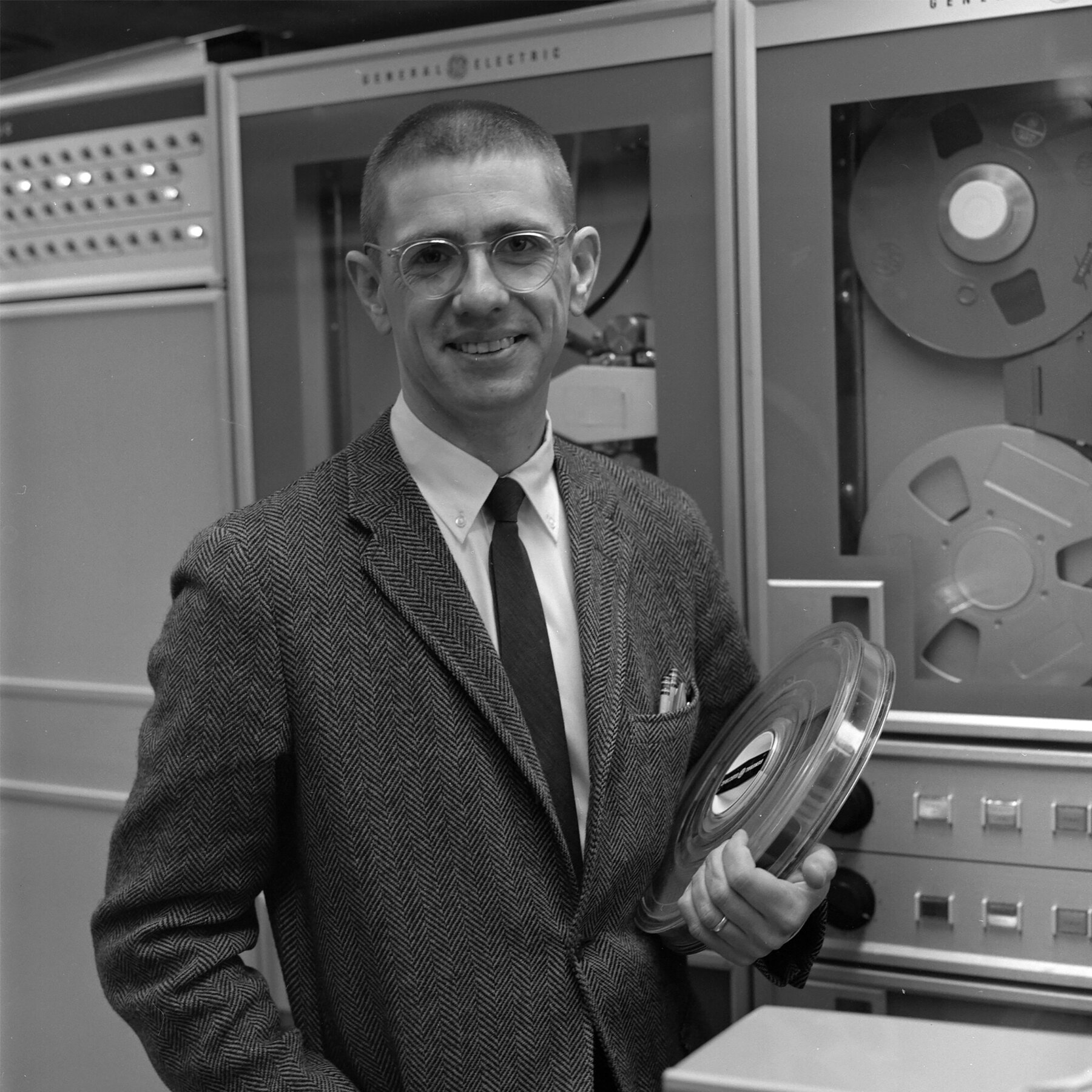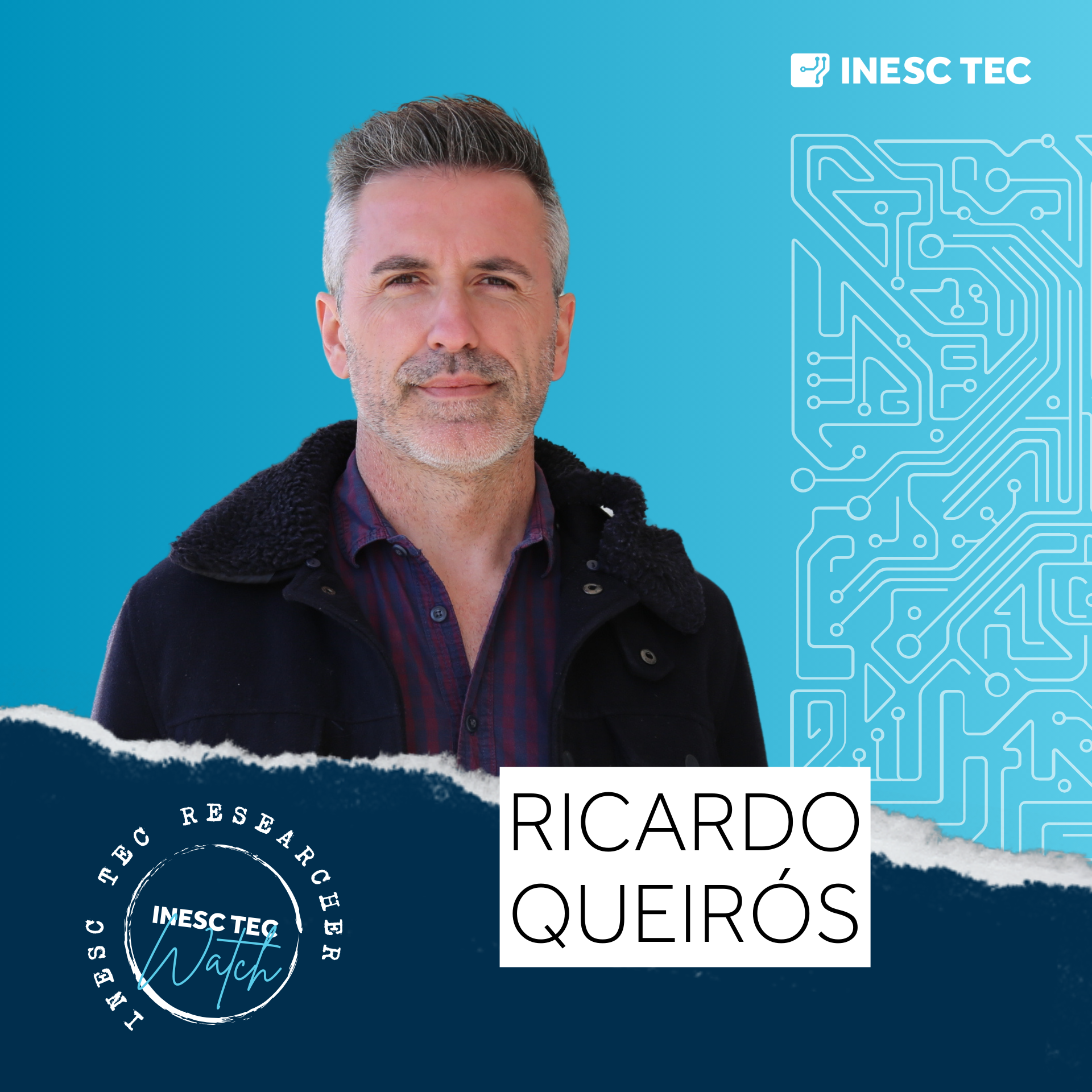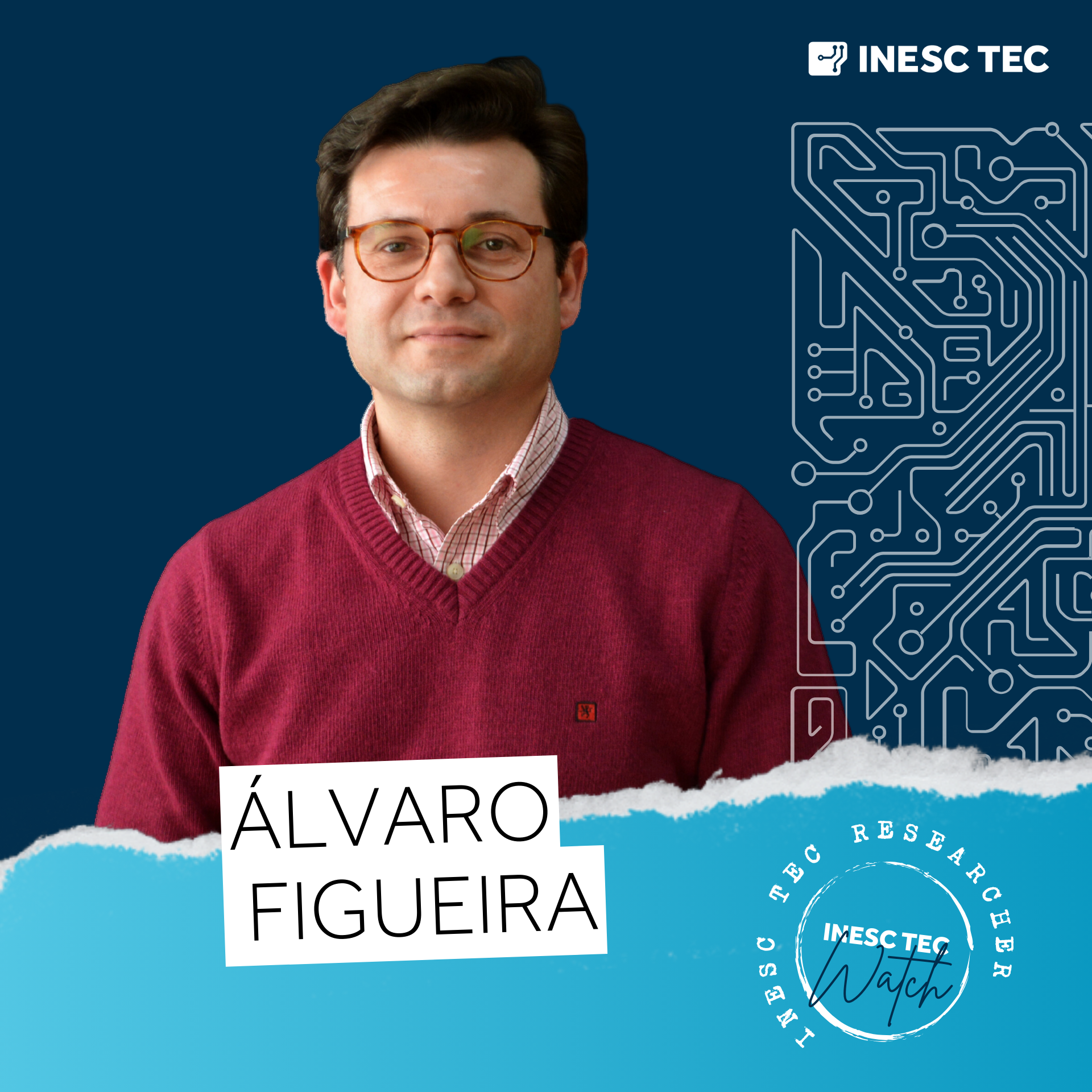Thomas E. Kurtz was born in the State of Illinois, in the United States of America (U.S.A.), on February 22, 1928. He died on November 23, 2024, at the age of 96. The New York Times and the Financial Times devoted long articles to him after his death, highlighting his role in the democratisation of computing. But who was Thomas Kurtz? And what role did he play in science and technology? And in society? And what about education? How many people were inspired by this man?
Let’s start at the beginning. Thomas Kurtz graduated with a degree in Mathematics from Knox College in the state of his birth, in 1950. Also in the same decade, he earned a master’s degree and completed a PhD in Statistics at Princeton University. During his training, he developed an interest in computing, which began to emerge, at that time, as a scientific subject. From Princeton, he moved to Dartmouth, where he spent practically his entire career and where he contributed significantly to integrating computing into the academic curriculum of the Department of Mathematics.
For almost 10 years – between 1966 and 1975 – he acted as director of the Kiewit Computation Center and his leadership stood out for the advances he made in the use of computers for education.

What revolution did Thomas Kurtz spark? And how is it related to democratising access to personal computers?
Almost all those who work in science and technology have, at some point in their lives, come across the term “BASIC”. What many do not know is that this programming language, which was developed to be accessible to all people – even those without a technical background, so that they could learn and use computers -, was developed by two men: Thomas Kurtz and John Kemeny.
“Thomas Kurtz is a reference. In addition to being a pioneer in the implementation of time-sharing systems and co-creator of the BASIC language, he was, in my opinion, the central figure in the democratisation of programming. This process was fulfilled by idealising a simple language that made it possible for anyone, even without technical knowledge, to interact with computers and explore programming,” said INESC TEC researcher Ricardo Queirós.
In 1964 – five years before man reached the Moon, and two years after the launch of Telstar, the first active communications satellite, which allowed television broadcasts between continents –, Thomas Kurtz and John Kemeny launched, at Dartmouth College, the BASIC (Beginner’s All-Purpose Symbolic Instruction Code) with a very well-defined objective: to democratise the use of computers for all students.
What existed before BASIC? And what was the novelty introduced by Kurtz and Kemeny? Before this language existed, computers operated in “batch processing” mode, i.e., a single user occupied the entire processing space. The novelty introduced by BASIC related to the concept of “time-sharing”, since it became possible for multiple users to access the same computer simultaneously. This innovation was, in fact, a precursor to modern systems, like cloud computing.

What is the relation between a Portuguese researcher who won an international mathematics award in 2024 and Thomas Kurtz? And how did Kurtz influence another Portuguese researcher who has already published 12 books about programming?
This story starts in the 1980s, two decades after the invention of BASIC. Álvaro Figueira – at the time, an elementary (and then, high school) student – falls in love with the area of programming.
“I started programming without owning a computer,” said Álvaro, “first with a variation of BASIC (the Sinclair BASIC), used by ZX Spectrum.” “As I was very curious about what the ZX Spectrum and programming were, I asked a colleague for the manual; I was at the eighth grade, in an Arts school. I can say that I was immediately enchanted by the world of possibilities, it seemed like a set of LEGO, but with infinite pieces! The following year I bought the Timex 2048, which was completely compatible with the version of BASIC used in Spectrum,” he mentioned. “Later, in the tenth grade, I started programming with GW-Basic, and then in BASICA, which were very similar versions, with slight improvements and features in terms of sound, graphics – also based on slightly more elaborate assumptions of hardware and ROM.”
Ricardo Queirós also received a ZX Spectrum when he was a teenager; in addition to being a researcher at INESC TEC and a professor at the Polytechnic Institute of Porto (P. Porto), he is the author of twelve books about programming! “I remember the moment my mother gifted the ZX Spectrum, somewhere in the 1980s. It was a milestone. At the age of 14, I started to explore the potential of that little ‘keyboard’ and to create my first programs. Initially, they were simple commands to draw geometric shapes on the screen, but I quickly realised the logic and beauty of algorithmic thinking. This initial contact completely changed my path. Until then, I was inclined to pursue Economics, but the creative freedom and the possibilities provided by programming convinced me that my future was in informatics” – and INESC TEC is grateful for this gift, leading Ricardo Queirós to change course. “Kurtz’s vision in the democratisation of programming has significantly influenced my journey, from the first steps in the world of technology to my current work,” he added.
In fact, neither Sinclair BASIC nor ZX Spectrum were developed by Thomas Kurtz, but by Sinclair Research; however, they were variants and followed the original BASIC philosophy and both helped to popularise the personal use of computers at a time when these devices were not only complex, but expensive and, therefore, difficult to buy. The influence of BASIC in the democratisation of technology worldwide is undeniable, because without Kurtz’s original BASIC, it is very likely that Sinclair BASIC never would have existed – at least, as it was developed; again: the goal was democratising the area of computing, as Kurtz and Kemeny had dreamed.
Already in the undergraduate degree, and somewhere in the 1990s, Álvaro Figueira had no doubts: “BASIC greatly influenced my choice of undergraduate degree area and it was very important to nurture a taste for programming. It was, in fact, my initiation into computer science,” said the INESC TEC researcher, who ended up graduating in Applied Mathematics, in the field of Computer Sciences, at the Faculty of Sciences of the University of Porto (FCUP); today, among several other positions, he is the director of the master’s course in Data Science at the same institution.
Ricardo Queirós also stated that Kurtz’s influence guided him, even if indirectly. “His vision of making programming accessible inspired me to work on initiatives that demystify technology and promote a taste for programming. And that’s how I left the business world (where I worked as a programmer) and embraced the academia world, initiating my master’s degree at FCUP. My focus was clear: improve my scientific (and technical) knowledge to research new ways to make programming learning more inclusive and effective,” he stated.

The impact of Kurtz’s work at INESC TEC
But Ricardo Queirós felt Kurt’z influence in other domains, besides his academic path; in 2009, when he joined a team of researcher at INESC TEC, he kept nurturing the ideals of the mathematician. The first research project that Ricardo joined at INESC TEC was an European endeavour: Edjudge; it featured a platform for the automatic evaluation of programming exercises – “the idea was to simplify the work of teachers and provide students automated and quality feedback, in line with Kurtz’s ideal that technology should empower everyone, regardless of their level of knowledge”.
Later, in 2012, because of his PhD work at FCUP, Ricardo Queirós evolved the approach used in the Edjudge project into the Ensemble project, “which integrated collaborative and adaptive systems in code evaluation”. With this work, the researcher won the first edition of the Pedagogical Innovation In Distance Learning Award (PIPED).
Kurtz’s work in today’s world
By this point, we all realised that the democratisation of access to personal computers and programming would not be the same without Kurtz’s work. But in today’s world, are systems that automate the programming teaching-learning process enough? Ricardo Queirós does not believe so. “After carrying out significant work in this area, I started my teaching career and applied everything I had learned and created”, he mentioned; but when it came to the practical side of things, the researcher stated that “students were still little involved in the processes”.
And how did Ricardo Queirós manage to engage with students? In 2015, he began to explore the area of gamification as a strategy to increase students’ interest in programming. “Since then, I have been part of a series of European projects – such as FGPE (Framework for Gamified Programming Education), FGPE + (Learning tools interoperability for gamified programming education ), JuezLTI, FGPE ++ (Gamified Programming Learning at Scale), etc. – which combine automatic assessment with gamification,” he explained. “These projects led to open-source tools that combine automated feedback with game mechanics and other elements, e.g., points, rankings, badges, etc., thus making this learning process more engaging, accessible and fun. These projects have been supported by dozens of scientific publications and books that validate their approaches, and the results obtained,” said Ricardo Queirós.
The researcher’s search for technological inclusion has been great and ensures that Kurtz was the inspiration – “deep down, all these innovative initiatives and practices reflect the impact of Kurtz’s vision on my work”.
“To me, Thomas Kurtz was more than a language developer. He was a visionary who believed in a world where everyone had access to technology. This belief shaped not only my career choice, but also the focus of my work as a teacher and researcher. Through the projects I develop, I try to create tools that involve students and teachers, demystifying the complexity of programming and promoting access to technology. Like Kurtz, I believe that only through inclusion and simplification can we create a future where technology is truly within everyone’s reach,” concluded Ricardo Queirós.
Radical or not, Kurtz revolutionised the area of programming and inspired thousands of students, teachers, researchers over decades. Álvaro Figueira and Ricardo Queirós are just two examples of the legacy left by this man, who is now honoured in death, but who was still honoured in life.
Awards and tributes to Thomas Kurtz
The institution that welcomed him, Dartmouth College, did not spare Kurtz in the recognition for the work done and the legacy left. In addition to appointing him Professor Emeritus for his decades of work dedicated to the institution, Dartmouth College has, over the years, launched several technology initiatives and programmes – mainly dedicated to accessible computing, related to Kurtz’s vision and ideals.
The IEEE also granted the Computer Pioneer Award (1991) for innovative contributions to the development of BASIC and Dartmouth Time-Sharing; the American National Standards Institute (ANSI) considered Kurtz’s work in standardising BASIC as one of the main pillars for making the language widely usable and consistent. But this gratitude has extended to the industry, with tech leaders like Bill Gates acknowledging that part of their success is due to Kurtz and Kemeny’s BASIC.
In 2014, 50 years after the creation of BASIC, Dartmouth College produced a documentary entitled BASIC at 50. The documentary tells the story and impact of BASIC and highlights the contributions of Thomas Kurtz and John Kemeney, including interviews with Kurtz that show how this programming language was developed and the influence it has on modern computing.
Kurtz’s legacy is unavoidable in science and technology, industry or education, as well as in the democratisation of access to computers – something perceived by the new generations as obvious, but which was a revolution during the 1960’s.



 News, current topics, curiosities and so much more about INESC TEC and its community!
News, current topics, curiosities and so much more about INESC TEC and its community!